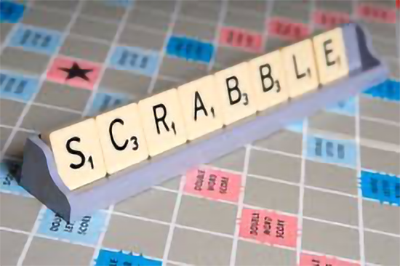
March 30 marks the171st anniversary of Vincent Van Gogh’s birth. Vincent was born into a relatively wealthy family in Zundert, Netherlands in 1853. His father didn’t make much money but because he was a minister, he was provided a house complete with maids, cooks, and a gardener. Adding to the family’s comfort was the fact that Vincent’s mother descended from a wealthy family.
During his adolescent years Vincent was sent to a couple of boarding schools where he became homesick and very unhappy. He eventually applied for admission to a theological school however the mercurial teen refused to take the Latin portion of the exam because he believed Latin was a “dead language for peasants”. Admission was denied.
Vincent began working for his uncle’s art dealing company but became severely depressed and left to become a missionary in a coal-mining district in Belgium. Vincent generously gave up his comfortable lodgings to a homeless person and moved to a small hut. Church authorities dismissed Van Gough for “undermining the dignity of the priesthood”.
His father wanted to commit him to an asylum, but Vincent moved in with a mining family. Inspired by the local scenery, he launched his artistic career at the age of 27. Because he could not afford to pay models, the self-taught artist created hundreds of paintings of landscapes, peasants and his famous self-portraits. Art dealers eschewed Vincent’s work because it was too gloomy.
Van Gogh suffered from temporal lobe epilepsy; a neurological condition characterized by unprovoked seizures. Adding to Van Gogh’s psychological problems were his amorous misadventures. A couple of women were open to his marriage proposals, but their parents shot down any thoughts of a relationship with the unstable artist. More common were the women who rejected his proposals outright including one who exclaimed “nooit, neen, nimmer” (“no, nay, never”) Ouch!
Vincent moved to his beloved younger brother Theo’s Paris apartment, but the artist suffered from declining mental health. His alcohol consumption increased and it is believed he started drinking turpentine and eating his paints. Vincent decided to escape Paris and move to Arles in southern France. There, his artwork grew brighter and he began painting wheat fields and sunflowers.
Theo paid artist Paul Gauguin to move to Arles to watch over Vincent but the two artists constantly quarreled. During one of his seizures, Van Gogh attempted to attack Gauguin with a razor, resulting in Vincent cutting off part of his own ear. Arles residents circulated a petition asserting that Vincent presented a danger to the community. The artist committed himself to an asylum in 1889 where he painted the iconic “Starry Night”. He also painted a portrait of his doctor Félix Rey. However, Rey was unimpressed and gave the painting away. The portrait is now housed at Moscow’s Pushkin Museum of Fine Arts and is estimated to be worth over $50M.
In 1890, van Gogh checked himself out of the asylum and moved to the Paris suburb of Auvers-Sur-Oise. On July 27, 1890, he shot himself in the chest and died two days later from a related infection at age 37. His final words to Theo were, “La tristesse durera toujours” (the sadness will last forever). Devasted by Vincent’s death, Theo passed away four months later.
Short Strokes
Most of Vincent’s 2,100 pieces of art were created during his last two years on earth. The value of these works today reaches billions of dollars.
During his life, Vincent sold only one painting for which he received only 400 francs.
The most famous weapon in art history, the gun Vincent used to shoot himself, was auctioned in 2019 for $182,000.
In 1987, on the anniversary of Vincent’s birth, his painting “Still Life – Vase with Fifteen Sunflowers” was sold to a Japanese businessman for what was a record price of over $39M.
The highest price ever paid for a work of art was Van Gogh’s portrait of Dr Paul Gachet for $83M in 1990. It is owned by a reclusive European billionaire and will sell for several hundred million dollars If it ever returns to the market.
Although Vincent’s life was tragic, he has provided generations with great happiness and inspiration.
Passez un bon week-end.

